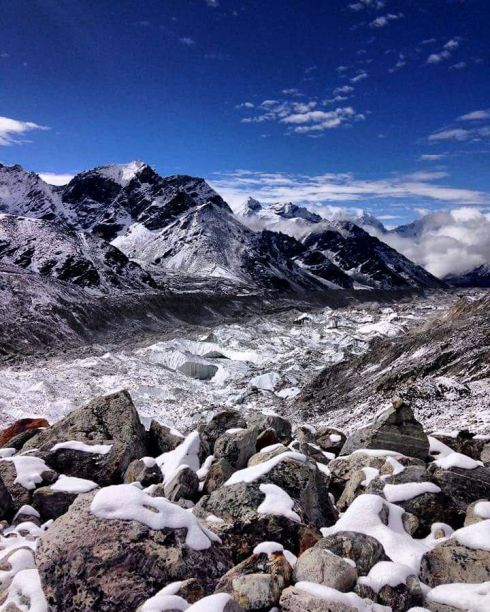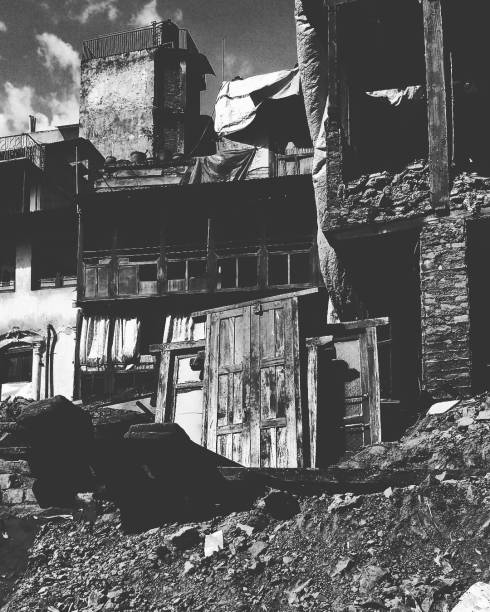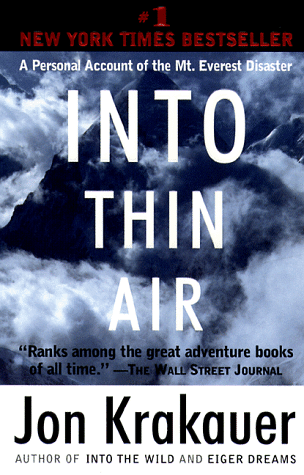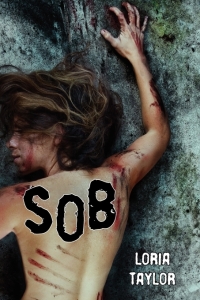You are currently browsing the tag archive for the ‘Into Thin Air’ tag.
In the next couple of weeks, the Everest climbing season will culminate in mass summit bids to the top. Climbers and trekkers from around the world have headed to Nepal to make their pipe dreams a reality. Maybe now is the time to start spilling my guts about my own experience to Everest Base Camp (EBC).

Situated alongside the Khumbu Glacier, Everest Base Camp is the staging area for all summit bids on the South side of Everest. It is by far the more popular side to climb as it’s considered easier climbing than the North and less of a hassle than the Tibetan side (at least that’s my impression). I had always wanted to see the tallest mountain on Earth and experience a tiny bit of the journey to the top of the world.
Let’s back up for a minute.
The impetus for my Everest trip came a year before I embarked on the journey. In October of 2015, a friend’s 18-year-old daughter died in a terrible accident and in the face of such a tragedy, I couldn’t help but think about what my hopes and dreams were when I was 18 years old. The first thing that came to my mind was Everest. I’d read Into Thin Air in 1997 and had been fascinated by the pull of Everest. People know they can die trying to climb this mountain, but they do it anyway.
Although the book might have been enough to make most people shake their heads and go about their business, I was enthralled by Nepal and Everest. What was the allure of Everest? I wanted to find out. My 18-year-old self resolved to go see Everest one day. As I set in the chapel so many years later, I wondered where that “one day” had gone and I decided right there I’d make this trek happen.
In addition to this, I’d also been reading about the devastating effects of the Nepal earthquake in April 2015. Nepal depends on the tourism industry and tourists weren’t flocking to Nepal. The country was hurting. The rebuilding effort was slow or nonexistent. Months after the earthquake, some places looked as though the earthquake had just happened. It was a good time to go to Nepal.

But, really, it’s all about me.
For all of that, there’s no denying I went to Nepal for selfish reasons. EBC for me was about setting my sights on attempting a goal that seemed unattainable in so many ways because it’s the right thing to do for my explorer spirit. I long to be challenged in ways I simply can’t be while at home in my own little world. I feel such an immense sense of freedom outdoors when I’m hiking and exploring and I wanted to take that to the nth degree…no matter the result. I was going to go as high as I could go. If that meant I didn’t make it to EBC, so be it. I was at least going to give it my all and try.
And try, I did.
[More to come, y’all.]
I’ve been crying since I was eight years old. Blame Lurlene McDaniel. I do.
In the summer of 1987, I found death on a shelf at the Lee County Library in Sanford, North Carolina. I had been looking for those pre-teen romance novels, the ones where boys didn’t have naughty intentions and girls said no to drugs even in the midst of the popular kids. I had devoured these sorts of books all summer and had finally exhausted the library’s moderate selection. So, as any other little girl would do, I began perusing books for the coolest, hippest teenage girls on the cover, the girls I wanted to be.
It was time to go and I was desperate to find something to read. By chance (or was it?), I saw a really pretty blond girl, whose hair was crimped and massive, sitting with her mother. I hastily picked up the book and ran to the check out.
Later, I examined the book more closely. The book was called Mother, Please Don’t Die. Which, of course, meant Mother was, in fact, going to die (but I wasn’t a savvy reader back then so I held out hope things would end well). The book followed a girl’s journey through her mother’s dying and her own grief as well as the difficult transition from being a little girl to being a teenager. Megan made sense of her mom’s worsening symptoms as best she could as a young girl; she told me about the terrible pressure and the anger bubbled to the surface at baseball practice, resulting in her consequent suspension. After her sister’s wedding, Megan sat with her mother and they had the first truly frank conversation about death that I had ever read; Mother was not going to be there for Megan’s wedding. She was dying.
And when she did die, my heart was shattered and I sobbed out loud. I’ve been reading and sobbing ever since. I developed a voracious appetite for the dying genre. Through my middle and high school years, I learned about living with diabetes, juvenile arthritis, kidney failure, and AIDs. I felt enlightened with each page. I groped for all the empathetic artifacts in the words that were written. I began to live with all of these hardships. I felt I knew what it was like.
The year before, 1986, had been a bad year. In January, my grandfather died of lung cancer. It was the first death I’d experienced. It was scary flying from North Carolina to Arkansas, only to see a dead body, dressed in blue and not breathing in a wooden bed. Two weeks later, I sat forward with the rest of my class, eyes glued to the television as the Challenger exploded and everyone on board was killed. They sent school counselors around to speak to us about dying and grief. I felt terrible for the teacher on the Challenger, but I cried terrible, painful tears for my grandfather.
Weeks later, I randomly asked my mother if she had had any other children before my brother and me one night before our bath. She hesitated and told us she had given birth to a little girl when she had been previously married, but the girl had died when she was a toddler from cancer. I nodded and soon forgot about it, as children will. It wasn’t long before my subconscious mind kicked in and I began to wonder if I had cancer, too, and asked my mother if I was going to die. Months I asked her and for months I must have drove a stake in her heart.
Little girls don’t understand these sorts of things. I didn’t. By the time I held a copy of Mother, Please Don’t Die in my hands, I needed to read about grief. The only problem is I never stopped grieving. The reading and the grieving is a question of insignificance; no matter if the chicken came before the egg, the chicken and the egg exist.
When I was eighteen, a very receptive former teacher gave me Angela’s Ashes by Frank McCourt as a graduation gift. Since then, it’s the real stories of laughter and pain that have touched me the most. Into Thin Air. Devil’s Knot. Young Men and Fire. Books about the Holocaust, 9/11, surviving freak accidents, OCD, alcoholism, depression. The stories are compelling but they are most important to me as conduits for processing my own life (and grief).
In a nutshell, I read books that are too sad for other people. A book is deemed good if I cry. It is deemed brilliant if I can still sob thinking about it a year later. There are many brilliant writers out there.
Right now, The Dark Tower: the Gunslinger is impatiently waiting on my bedside stand for me to finish it. The sojourn will be short and I will soon return to form. Stacked in the corner are my standard fair, books about the Taliban, mental illness, murder, the Mormon lifestyle…all await me. I can only think greedily of the sobs I am soon to cry.
I can’t help but think I’ve made Lurlene proud.




Your Sympathies: